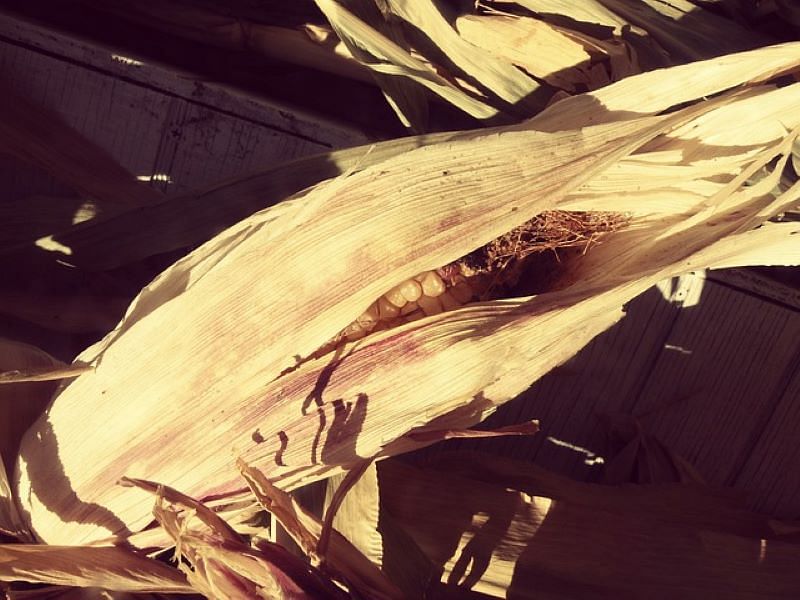
In the narrow lanes of the historic city of Patan, Laxmi Nakarmi and her dedicated team have taken on the task of turning corn husks, often overlooked and discarded, into magnificent works of art. What started as a small-scale project three decades ago has now blossomed into a thriving business, with an increasing demand for their unique creations.
Laxmi Nakarmi was in her twenties when she stumbled upon an article in a magazine that showcased the use of corn husks for crafting Christmas decorations in the United States. Intrigued by the concept, Laxmi, along with her three sisters, began experimenting with corn husk art as a hobby.
Laxmi Nakarmi shared with media sources during a visit to her workshop that they had been creating art from corn husks, which portrayed their culture. Nakarmi mentioned that their work had inspired them to explore this as a hobby, with a specific focus on Nepali culture. Initially, they started by making small art pieces without any intention of turning it into a business.
However, after reading a magazine article, they felt compelled to incorporate Nepali culture into their art. Nakarmi expressed that they had always been passionate about recycling discarded materials, and the magazine article had reignited that desire.
Corn husk, predominantly used in North America, became the muse for these four sisters living in the ancient city of Patan, situated in Lalitpur district. They transformed this agricultural by-product, often disregarded by farmers, into captivating works of art.
Maize, one of Nepal's cash crops, thrives in the diverse topography and favorable climatic conditions of this Himalayan nation. According to statistics from the Ministry of Agriculture and Livestock for the year 2020/21, Nepal produced a staggering 2,997,733 metric tons of maize across 979,776 hectares of farmland.
Unfortunately, the remnants of maize were either burned or left to decompose in dump yards. However, the artistry of transforming these discarded agricultural by-products has captured the imagination of the people.
Changing Perspectives on Corn Husk Art
Laxmi reminisces about the initial challenges of marketing her products. People often reacted skeptically upon discovering that the art was created using corn husks, dismissing it as trivial.
Laxmi claimed that in the past, individuals used to express surprise upon seeing the corn husk art. Some individuals even believed it was crafted from paper and disregarded it as unimportant. Additionally, certain visitors would generously offer corn husks from their respective areas, thinking they were assisting, to which Laxmi would politely ask them to retain the husks temporarily, assuring them that she would retrieve them later for utilization in their artwork.
She would frequently visit their localities, gather the corn husks, and bring them back to incorporate them into their creations. Laxmi stated that people's perception of corn husk art has undergone significant change over time.
Her dolls now represent various ethnicities found across Nepal, featuring intricate designs reflecting facial features, colors, and traditional attire of communities such as Newari, Khas-Pahadi, Raute (the last remaining nomads of Nepal), Kirat, Sherpa, and Jhakri.











